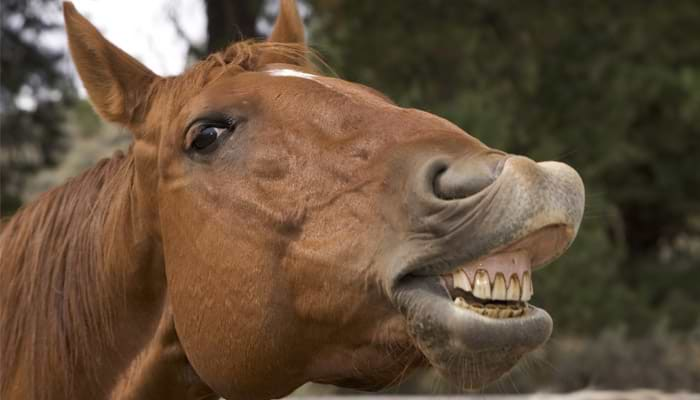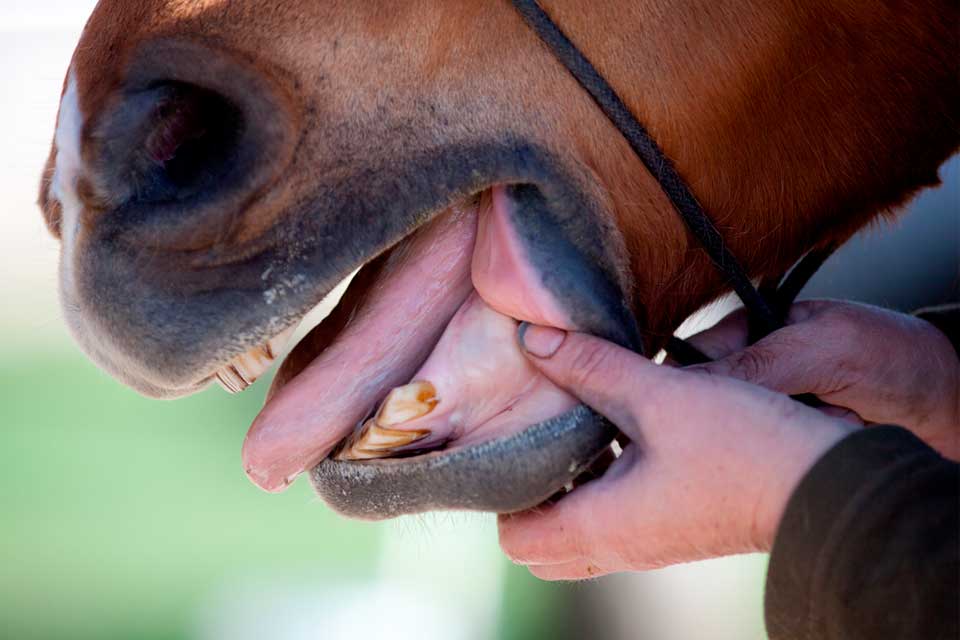Many equestrian enthusiasts often wonder, can you float a horse yourself? The answer is yes, with the right knowledge, tools, and practice, you can. Floating a horse refers to the process of leveling a horse’s teeth to ensure they do not have any sharp edges that can harm their mouth. This process is essential for maintaining a horse’s health and comfort. In this guide, we will explore how you can float a horse yourself.

Understanding the Basics of Horse Floating
Before you attempt to float a horse yourself, it is crucial to understand what floating involves. Floating helps to remove sharp edges and points on a horse’s teeth, which can cause discomfort or health issues. Regular floating can prevent problems like oral sores, difficulty chewing, and even weight loss.
The Importance of Regular Dental Care
Regular dental care is vital for your horse’s overall health. Horses’ teeth grow continuously, and without proper management, sharp points can form. These points can cause pain and affect how a horse eats. For more information on the importance of dental care, you can check this external guide on equine dental care.
Steps to Float a Horse Yourself
Gather the Necessary Tools
To float a horse yourself, you will need specific tools. These include a speculum to keep the horse’s mouth open, a headlamp for visibility, and a float to file down the teeth. Make sure you have a comfortable and safe environment to work in.
Safety First: Handling Your Horse
Safety is paramount when working with horses. Ensure your horse is calm and restrained safely. If you’re new to this, having an experienced person nearby can be beneficial.
Inspect the Horse’s Mouth
Begin by inspecting your horse’s mouth for any abnormalities. Look for sharp edges, sores, or uneven wear on the teeth. Regular inspections can help you identify issues early. For a checklist of what to look for, visit this horse mouth exam guide.
Using the Float Tool
Once you’ve identified problem areas, you can use the float tool to gently file down the sharp edges. Be patient and gentle, ensuring not to apply too much pressure, which could injure the horse.
Common Mistakes to Avoid
Over-Floating the Teeth
A common mistake is over-floating, which can damage the teeth. Always remove the minimum amount necessary to smooth out sharp points.
Ignoring Signs of Discomfort
Watch for signs of discomfort in your horse, such as head tossing or refusal to eat. These can indicate improper floating or other dental issues. For more on behavior and tooth issues, see this horse behavior guide.
When to Seek Professional Help
If you’re unsure about floating your horse’s teeth or if the problem seems severe, it’s best to consult a professional equine dentist. They can provide expert care and advice. For a comprehensive understanding of equine dentistry, consider this detailed article.
Conclusion
Floating a horse yourself can be a rewarding task that ensures your horse’s comfort and health. With the right tools and knowledge, you can perform this essential maintenance. Remember, practice makes perfect, and always prioritize safety for both you and your horse.

FAQs
What is floating a horse’s teeth?
Floating a horse’s teeth involves filing down any sharp edges to prevent discomfort or health issues.
How often should a horse’s teeth be floated?
Typically, horses should have their teeth checked and potentially floated once or twice a year.
Can anyone float a horse’s teeth?
While anyone can learn to float a horse’s teeth, it’s recommended to have guidance from a professional, especially for beginners.
This article contains affiliate links. We may earn a commission at no extra cost to you.
